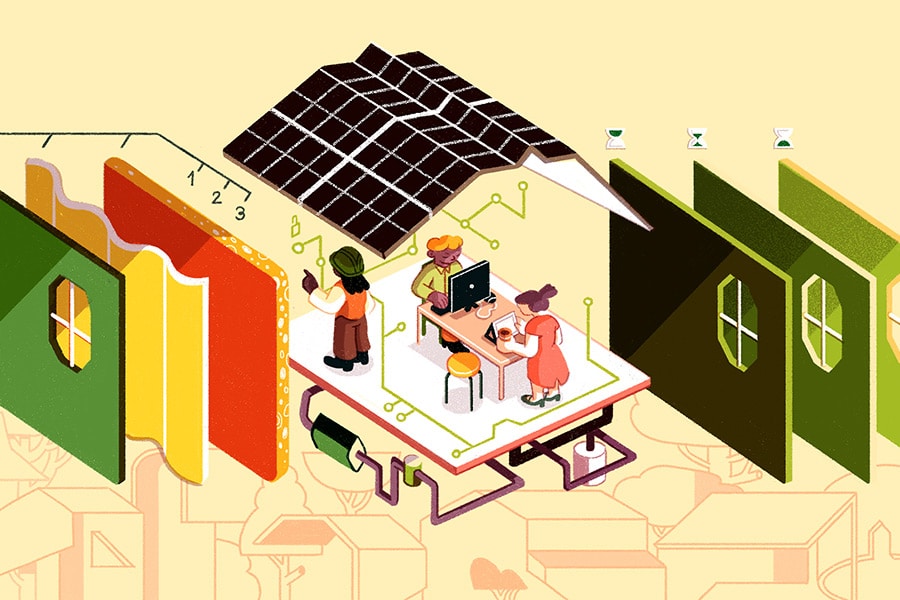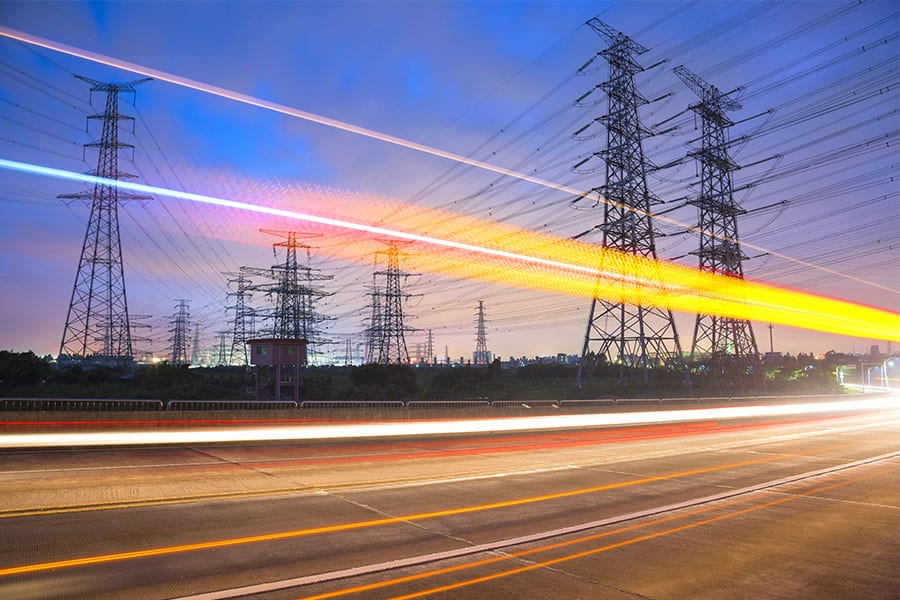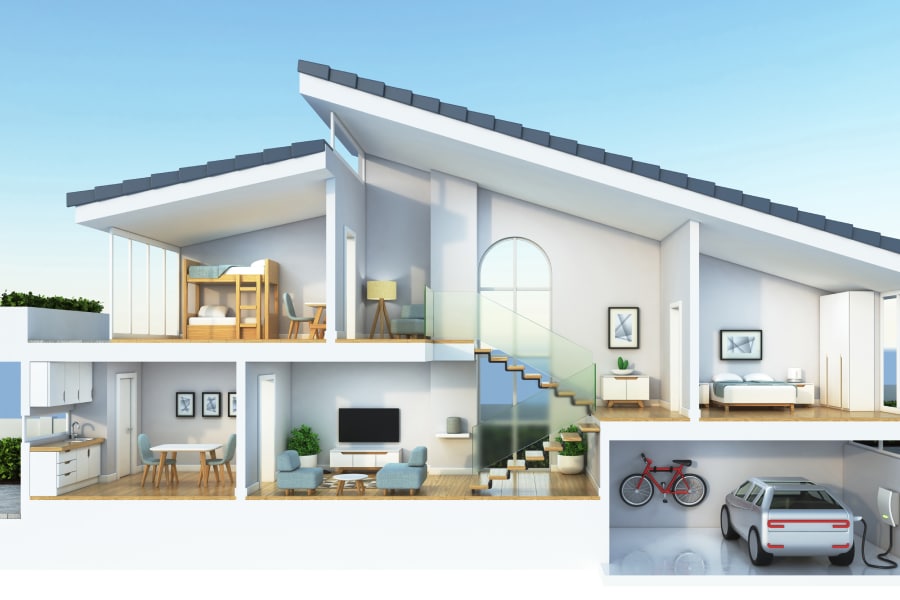Illustration by Wenting Li
The question of how the construction industry should reduce its carbon footprint has been hotly debated. States like California have introduced legislation mandating contractors to source materials based on carbon impact rather than cost, while the E.U. has set a goal of reaching 100% carbon neutrality in all new construction by 2050.
Throughout the industry, construction professionals are considering a future where the carbon impact of their work might be of considerable legal and logistical importance.
Now, one U.K.-based startup is offering a potentially innovative solution to construction’s carbon problem: Project Etopia, the world’s first totally carbon-neutral housing.
An emotional inspiration
Joseph Daniels was inspired to found the Project Etopia Group by his personal history. “Etopia was originally driven by a lack of security I had growing up,” Daniels said. “First being homeless at 15 and then struggling to afford electricity or get access to housing.”
These struggles led Daniels to study the connection between issues like access to housing with global economic and environmental concerns. “I was interested in identifying how we could solve global issues using the built environment,” he said. “This led to me developing what Etopia is today—a way of combining economics and environment to create more harmonized and intelligent cities of the future through building.”
A holistic approach to carbon neutrality
Daniels believes that the key to creating accessible carbon-neutral construction is paying attention to how the various factors that create carbon waste interact. “There are really three key factors when it comes to cutting your carbon footprint: materials, engineering and lifecycle,” he said. Etopia starts with carbon-friendly materials, researching how the production of each material impacts the planet. The organization has also begun research into reusing existing materials for maximum efficiency.
However, Daniels said that a common mistake of green building is using materials that have a low carbon impact in production but require frequent maintenance or replacement. “You need to make sure that you don’t either have to rebuild them in 30 or 40 years or constantly add to them as their performance dips over time,” he said. “Even worse is a scenario where the building ends up having users producing tons of carbon over the next 50 years of occupation. This is really where an engineered approach comes in.”
[READ MORE: The Case for Biophilic Design in Architecture]
Daniels said that the Etopia team pays close attention to how well it insulates a space so engineering systems can perform most efficiently. “Pairing this focus with renewables use across multiple channels allows you to really harmonize your carbon footprint,” he said.
This holistic approach is combined in what Daniels describes as Etopia’s designation as an “ECITech” (energy, construction and intelligent technologies) company. “When we work on a project, we always begin by focusing on energy requirement and usage, the construction process and materials, and finally intelligence, utilizing the Internet of Things (IoT) to manage and understand the environment,” he said. “All of this is developed with the Etopia philosophy in mind, to focus on economics for affordability and scalability and environmental for sustainability and social versatility.”
The scalable future of low-carbon building
Creating a sustainable model that users could replicate and adjust depending on their local environment is a key aspect of Etopia’s mission. “One of Etopia’s core focuses is regional scaling,” he said. “This means that we are really embedding ourselves into local regions and utilizing as much local resources as possible.”
This focus on regional scaling inspired Etopia’s latest project, “Powered by Etopia.”
With this project, Daniels explained: “We can embed directly into existing supply chains, developers and local authorities, bringing our core components, which consist of our panels, MEP and IoT system, to provide the net zero element to the local supply chain. Then, using local or preferred suppliers, we plug in our core elements, enabling any local authority or builder to uptake net zero building while utilizing as much local labor and materials as possible.”
Daniels said that the system is designed to focus on technology development that uses existing skills. “We are able to work with existing timber frame companies for our panel construction, existing MEP companies for installation of our tech and then, best of all, anybody can install our smart system, similar to the setup of an Amazon Alexa,” he said. “In this way we are able to integrate directly into existing contractors, and within a few hours of learning they will be underway.”
Etopia recently put this system to the test with an ambitious construction project in Namibia. “We were able to assist six locals in constructing a 63-square-meter superstructure in three hours, including training,” Daniels said. “Building net zero buildings in a commercial demanding market like the U.K. is one thing, but we wanted to prove that we could do this using people from a shanty town, delivering a truly affordable, ultra-economical net zero building that shows the pathway of how regeneration of the future could look, even in sub-Saharan Africa.”
Daniels hopes this project can be a roadmap for making carbon-neutral construction more accessible throughout the industry.
“The world is currently going through one of the most difficult times in history,” Daniels said. “We need more housing than ever; we need to utilize space in more social and environmentally considerate ways; and we are at the peak of climate change causing irreversible damage. The ability to better place housing and buildings at pace, that are more connected and prepared for future generations and modifications, while ensuring that these things built also provide a positive impact on the planet over time, is the only way we will solve these multi-layered issues that face us today.”












